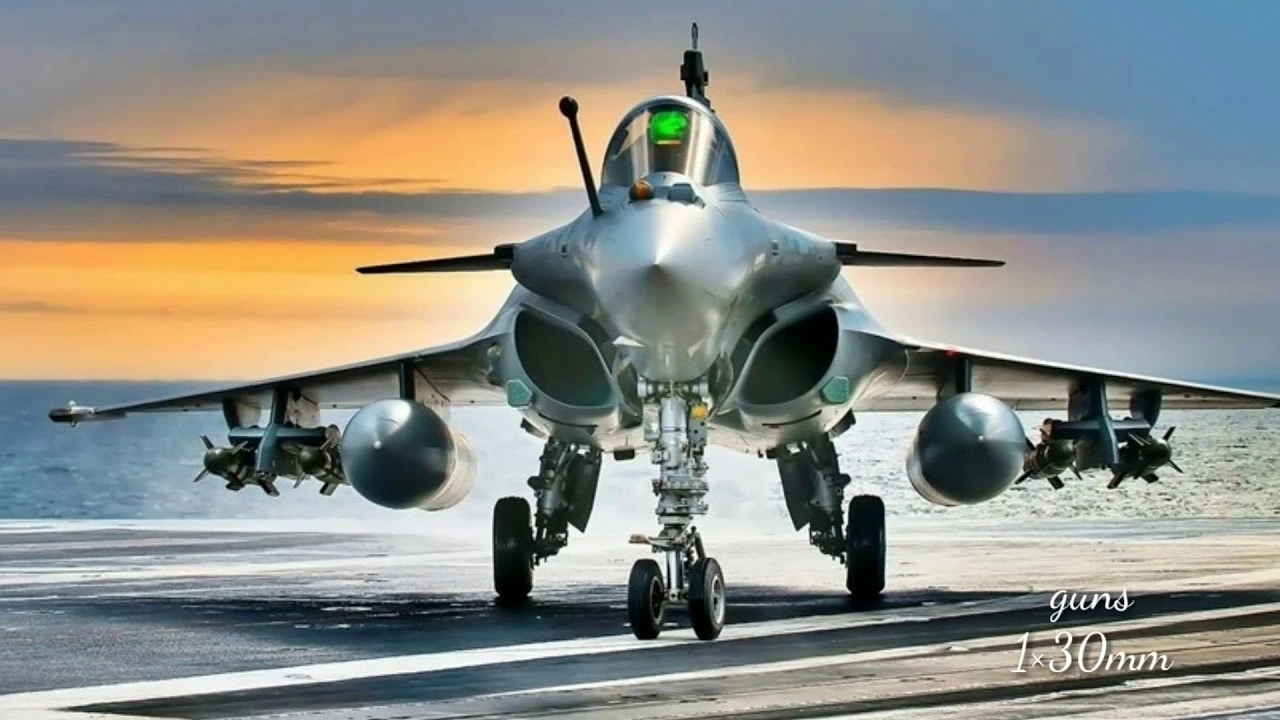Military Aircraft Maintenance: What You Need to Know
Keeping warplanes in top shape isn’t a luxury – it’s a must. Every component, from the engine to the wing flaps, must work flawlessly when a mission calls. In this guide we’ll break down the everyday work that keeps military aircraft airborne, safe, and ready for any order.
Why Maintenance Matters
First off, a missed check can turn a high‑performance jet into a ground‑ed expense. Regular inspections catch wear before it breaks, saving money and lives. They also ensure the aircraft meets strict air‑force standards, which can change with new tech or mission demands. In short, good maintenance means more flight hours and fewer surprises.Second, the operating environment for military planes is harsh. Sand, salt water, extreme temperatures, and high‑G maneuvers all accelerate corrosion and fatigue. A systematic maintenance routine counters those forces, extending the service life of costly airframes.
Top Maintenance Steps
1. Pre‑flight checks. Pilots and ground crews run a quick visual scan for fluid leaks, loose panels, and tire pressure. It’s the first line of defense and only takes a few minutes.
2. Scheduled inspections. These are the deep dives: A‑checks every few hundred flight hours, B‑checks at larger intervals, and C‑checks that may take the aircraft out of service for weeks. Each level follows a checklist that covers engines, avionics, hydraulics, and structural parts.
3. Engine health monitoring. Modern jets have sensors that report temperature, pressure, and vibration in real time. Technicians analyze the data to spot trends that hint at an upcoming issue.
4. Corrosion control. After every saline‑rich flight, crews wash down the airframe and apply anti‑corrosion coatings. This simple step prevents rust that could weaken the wing spar.
5. Software updates. Avionics and flight control systems receive periodic firmware upgrades. Keeping the software current fixes bugs and adds new capabilities without swapping hardware.
Beyond the checklist, good communication matters. Maintenance crews, pilots, and logistics staff share findings in daily briefings. When a pilot notices a vibration, that report goes straight to the tech team, who can arrange a quick ‘hot‑check’ before the next sortie.
Training is another pillar. Technicians spend months mastering each aircraft type, often using simulators that mimic real‑world faults. This hands‑on practice speeds up diagnosis and reduces the chance of human error.
Finally, record‑keeping ties everything together. Digital logs track every oil change, part replacement, and inspection date. Auditors can pull a full history in seconds, proving compliance and helping commanders plan future upgrades.
Keeping military aircraft mission‑ready is a blend of routine, technology, and teamwork. Follow these steps, stay disciplined, and the fleet will stay airborne for years to come.





